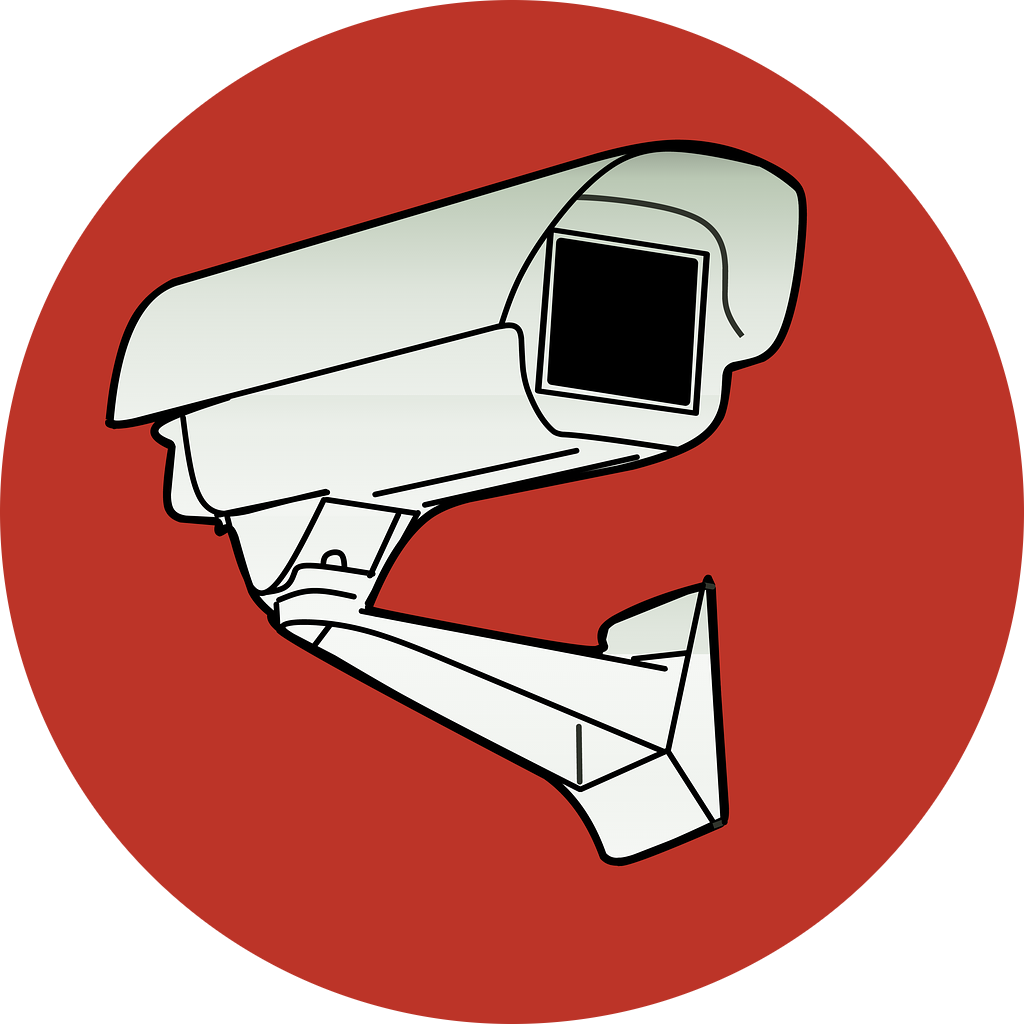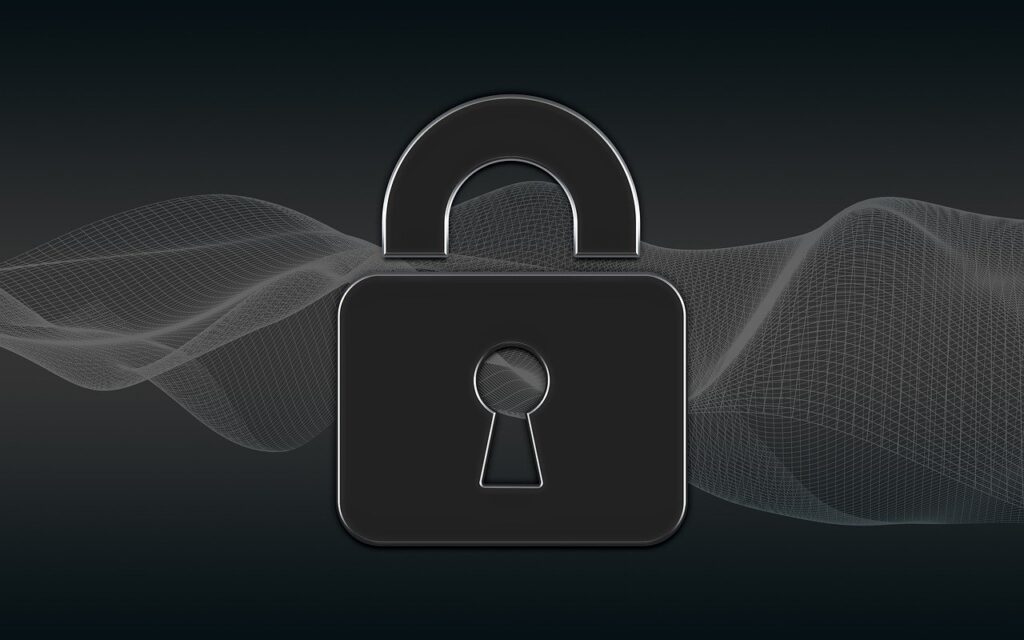Introduction
In this article, we will explore the possibility and processes behind CCTV camera hacking, highlighting the common vulnerabilities and methods used by attackers. We will delve into the components and evolution of CCTV systems, illustrating how modern cameras integrate with IoT devices. By examining real-life case studies and statistics, we’ll provide a comprehensive understanding of the risks involved. Additionally, we will discuss preventative measures, legal considerations, and the importance of ethical hacking. Finally, we’ll offer practical tips to secure your CCTV system, ensuring your surveillance setup remains robust against potential threats.
- Introduction
- Overview of CCTV Cameras
- Components of a CCTV System
- Types of CCTV Cameras
- Basic Working Principle
- Evolution of CCTV Technology
- Integration with Other Systems
- Reality of Hacking
- Common Vulnerabilities
- Case Studies
- Statistics
- Brute Force Attacks
- Exploiting Default Credentials
- Firmware Vulnerabilities
- Man-in-the-Middle Attacks
- Remote Code Execution
- Physical Tampering
- Phishing and Social Engineering
- Wireless Network Vulnerabilities
- Reconnaissance
- Scanning and Enumeration
- Exploiting Vulnerabilities
- Maintaining Access
- Covering Tracks
- Common Hacking Tools
- Specialized Tools for CCTV
- Comparison of Tools
- Legal Penetration Testing Tools
- Legality
- Laws and Regulations
- Penalties
- Ethical Hacking
- Strong Passwords
- Regular Firmware Updates
- Encryption
- Network Security
- Access Control
- Monitoring and Alerts
- User Education and Training
- Regular Security Audits
- Backup Systems
- Conclusion
Overview of CCTV Cameras
CCTV cameras play a crucial role in modern security systems, widely used for crime prevention, monitoring public spaces, and ensuring the safety of private properties. They serve as deterrents against criminal activities and provide valuable evidence in investigations. The growing reliance on CCTV for both private and public security underscores their importance. However, this reliance also brings significant implications when breaches occur, potentially compromising privacy and safety. This article aims to delve into the vulnerabilities and hacking processes associated with CCTV cameras, providing a comprehensive understanding of the risks involved and how to mitigate them.



Understanding CCTV Camera Systems
Components of a CCTV System
A typical CCTV system comprises several key components: cameras, DVR/NVR (Digital Video Recorder/Network Video Recorder), storage devices, and network connections. Cameras capture the footage, which is then transmitted to DVRs or NVRs for processing and storage. Network connections facilitate the transmission of data between these components, enabling remote access and monitoring. Each element plays a critical role in ensuring the effective functioning of the surveillance system, and any vulnerabilities in these components can be exploited by attackers.
Types of CCTV Cameras
CCTV cameras come in two primary types: analog and IP (Internet Protocol) cameras. Analog cameras transmit video signals to DVRs via coaxial cables, whereas IP cameras send digital signals over network connections, often using Ethernet cables. IP cameras offer higher resolution and advanced features like remote access and integration with other digital systems. Understanding the differences between these types is essential for identifying potential security vulnerabilities and choosing the right type of camera for specific security needs.
Basic Working Principle
CCTV systems capture, store, and transmit video footage through a coordinated process. Cameras record the visual data, which is then sent to DVRs or NVRs for encoding and storage. This footage can be accessed and reviewed in real-time or later. Network connections enable remote viewing and management, allowing users to monitor their premises from anywhere. This basic working principle highlights the interconnected nature of CCTV systems, emphasizing the importance of securing each component to prevent unauthorized access.
Evolution of CCTV Technology
CCTV technology has evolved significantly from its analog roots to sophisticated digital/IP systems. Early analog systems relied on simple video recording and playback, offering limited resolution and no remote access capabilities. Modern IP cameras provide high-definition video, advanced features like motion detection and night vision, and seamless integration with other digital devices. This evolution has enhanced the effectiveness of surveillance but has also introduced new security challenges, necessitating advanced protection measures.
Integration with Other Systems
Modern CCTV systems often integrate with IoT (Internet of Things) and smart home devices, creating a comprehensive security network. This integration allows for enhanced functionalities, such as automated alerts, remote access, and interoperability with other security systems like alarms and access controls. However, it also introduces additional security risks, as vulnerabilities in one device can potentially compromise the entire network. Understanding this integration is crucial for implementing holistic security measures.

Is CCTV Camera Hacking Possible?
Reality of Hacking
CCTV camera hacking is indeed possible and poses a significant threat to security systems. Hackers can exploit various vulnerabilities to gain unauthorized access, manipulate footage, or disable the cameras altogether. Recognizing this reality is the first step in understanding the importance of securing CCTV systems against potential attacks.
Common Vulnerabilities
Common vulnerabilities in CCTV systems include weak passwords, outdated firmware, and unencrypted data streams. Many users fail to change default credentials, making it easy for attackers to gain access. Outdated firmware can have unpatched security flaws, and unencrypted data streams can be intercepted during transmission. Identifying and addressing these vulnerabilities is crucial for protecting surveillance systems.
Case Studies
Real-life examples of CCTV hacking incidents illustrate the risks involved. For instance, in 2016, a major hack affected thousands of IP cameras worldwide, allowing attackers to take control and disrupt surveillance operations. Such case studies highlight the importance of robust security measures and regular system updates to prevent similar breaches.
Statistics
Statistics on CCTV hacks reveal the prevalence and impact of such incidents. According to cybersecurity reports, there has been a significant increase in attacks targeting surveillance systems, with thousands of cameras compromised each year. These statistics underscore the necessity of implementing stringent security protocols to safeguard CCTV systems.

Methods Used to Hack CCTV Cameras
Brute Force Attacks
Brute force attacks involve guessing passwords through trial and error. Attackers use automated tools to try multiple combinations until they find the correct one. This method exploits weak passwords and the lack of account lockout mechanisms. Implementing strong, unique passwords and account lockout policies can mitigate this risk.
Exploiting Default Credentials
Many users neglect to change the default usernames and passwords set by manufacturers, leaving their systems vulnerable. Attackers can easily find these default credentials online and use them to gain access. Changing default credentials immediately after installation is a simple yet effective security measure.
Firmware Vulnerabilities
Outdated or unpatched firmware can contain security flaws that attackers exploit to gain control over cameras. Regularly updating firmware to the latest version ensures that known vulnerabilities are patched, reducing the risk of exploitation.
Man-in-the-Middle Attacks
In man-in-the-middle (MITM) attacks, attackers intercept and manipulate data transmitted between cameras and the central system. This can allow them to view, alter, or disrupt the video feed. Encrypting data streams and using secure communication protocols can prevent MITM attacks.
Remote Code Execution
Remote code execution involves injecting malicious code into the camera’s software, allowing attackers to control the device. This method exploits software vulnerabilities and can be prevented by regularly updating software and employing intrusion detection systems.
Physical Tampering
Physical access to cameras can lead to security breaches. Attackers can disable cameras, alter their settings, or install malicious hardware. Securing physical access points and using tamper-evident seals can protect against physical tampering.
Phishing and Social Engineering
Phishing and social engineering attacks deceive users into divulging sensitive information or performing actions that compromise security. Training users to recognize and respond to these tactics is essential for protecting CCTV systems.
Wireless Network Vulnerabilities
Wi-Fi-enabled cameras are susceptible to attacks on the wireless network, such as cracking Wi-Fi passwords or exploiting insecure network configurations. Using strong Wi-Fi passwords, WPA3 encryption, and segmenting the network can mitigate these risks.

Detailed Hacking Process
Reconnaissance
The first step in hacking a CCTV system is reconnaissance, where attackers gather information about the target. They use tools like Nmap and Shodan to identify camera models, firmware versions, and network configurations. This information helps them pinpoint vulnerabilities to exploit.
Scanning and Enumeration
Attackers scan the network for open ports and services, identifying potential entry points. Enumeration involves gathering detailed information about these points, such as login pages and default credentials. Tools like Metasploit and Hydra are commonly used for this purpose.
Exploiting Vulnerabilities
Once vulnerabilities are identified, attackers use specific tools and techniques to exploit them. For example, they might use exploits in Metasploit to gain access to the camera’s firmware or inject malicious code. Detailed examples can help illustrate how these exploits work in real scenarios.
Maintaining Access
After gaining access, attackers establish backdoors or persistent access points to ensure they can return. This might involve installing malware or creating hidden user accounts. Detecting and removing these backdoors is crucial for restoring security.
Covering Tracks
To avoid detection, attackers cover their tracks by erasing logs, altering timestamps, or using encryption to hide their activities. Implementing robust logging and monitoring systems can help detect and respond to these activities.

Tools Used in CCTV Camera Hacking
Common Hacking Tools
Tools like Nmap, Metasploit, Hydra, and Shodan are widely used in hacking CCTV cameras. Nmap is used for network scanning, Metasploit for exploiting vulnerabilities, Hydra for brute force attacks, and Shodan for discovering devices connected to the internet.
Specialized Tools for CCTV
Specialized tools and scripts target specific vulnerabilities in IP cameras. For example, tools like Mirai and Persirai are designed to exploit weaknesses in camera firmware, allowing attackers to create botnets or gain control over the cameras.
Comparison of Tools
Comparing different tools highlights their capabilities and limitations. While Nmap is excellent for network mapping, Metasploit offers a comprehensive framework for exploiting various vulnerabilities. Understanding these differences helps in choosing the right tools for specific security tasks.
Legal Penetration Testing Tools
Security professionals use legal penetration testing tools to identify and address vulnerabilities in CCTV systems. Tools like Nessus and OpenVAS provide automated vulnerability scanning and reporting, helping organizations improve their security posture.

Legal and Ethical Considerations
Legality
Unauthorized hacking is illegal and can result in severe legal consequences. Hacking CCTV cameras without permission violates laws and regulations, leading to fines, imprisonment, or both. Emphasizing the illegality of such actions is crucial.
Laws and Regulations
Various laws and regulations govern cybersecurity and surveillance, differing by region. Understanding these laws, such as the GDPR in Europe or the CCPA in California, ensures compliance and helps avoid legal repercussions.
Penalties
Penalties for unauthorized hacking can be severe, including substantial fines and long prison sentences. Highlighting these penalties underscores the importance of adhering to legal and ethical standards in cybersecurity.
Ethical Hacking
Ethical hacking involves authorized testing of systems to identify and fix vulnerabilities. Ethical hackers, or penetration testers, follow strict guidelines and obtain permission before conducting tests, contributing to improved security without legal risks.

Preventing CCTV Camera Hacking
Strong Passwords
Using complex and unique passwords for all devices is a fundamental security measure. Strong passwords reduce the risk of brute force attacks and unauthorized access, enhancing overall security.
Regular Firmware Updates
Keeping camera firmware and software up to date ensures that known vulnerabilities are patched. Regular updates prevent attackers from exploiting outdated firmware, maintaining the security of the surveillance system.
Encryption
Encrypting data streams protects against interception and manipulation during transmission. Using secure communication protocols like HTTPS and SSL/TLS ensures data privacy and integrity.
Network Security
Implementing firewalls, VPNs, and secure network configurations helps protect the surveillance system from external threats. Network segmentation further isolates critical components, reducing the attack surface.
Access Control
Limiting physical and remote access to the CCTV system prevents unauthorized tampering. Implementing access controls like multi-factor authentication and role-based access ensures that only authorized users can manage the system.
Monitoring and Alerts
Setting up monitoring systems and alerts for suspicious activity enables quick detection and response to potential threats. Automated alerts notify administrators of unusual activities, facilitating timely intervention.
User Education and Training
Educating users and staff about security best practices is vital for preventing human errors that lead to breaches. Regular training sessions and awareness programs help users recognize and avoid phishing and social engineering attacks.
Regular Security Audits
Conducting regular security audits and vulnerability assessments identifies and addresses potential weaknesses. These audits ensure that the surveillance system remains secure and up to date with the latest security standards.
Backup Systems
Maintaining secure backups of video footage ensures data availability in case of a breach or system failure. Regular backups protect against data loss and enable quick recovery from security incidents.
Conclusion
- This article has explored the possibility and methods of CCTV camera hacking, highlighting common vulnerabilities and preventive measures. We discussed the components and evolution of CCTV systems, real-life hacking incidents, and the tools and techniques used by attackers.
- Emerging trends in CCTV technology, such as AI-based threat detection and blockchain for secure data storage, promise to enhance security. Staying informed about these trends helps anticipate and mitigate future threats.
- Securing CCTV systems is crucial for protecting privacy and safety. Implementing robust security measures, staying updated with the latest technology, and educating users are essential steps in maintaining a secure surveillance infrastructure.
- Take proactive steps to secure your CCTV systems today. Regularly update firmware, use strong passwords, encrypt data streams, and conduct security audits. By doing so, you can protect your surveillance system from potential threats and ensure the safety of your premises.


